Is Your Department’s Productivity Target Reasonable?
Zero-basing: the data driven alternative to benchmarking that supports the reality of local operations
Hospitals establish and manage to productivity targets to ensure that the right number of staff are available to care for patients. Balancing financial, clinical, and operational goals, thoughtful productivity targets ensure the department is not overstaffed or understaffed, supporting operations, quality care, and patient satisfaction with efficiency.
When hospital finance sets productivity budgets, it is very common for department leaders to ask questions like, “Why is this my target?”, “Where did this number come from?”, or “This can’t be right.” “Is this really how my peers are operating?”.
In response to these legitimate questions, staffing leaders often purchase benchmark data from external vendors to help validate budgeted productivity targets. While this can be helpful, many leaders find inconsistencies within their peer groups, creating even more uncertainty.
With department leaders questioning their budgeted targets and wondering about the validity of benchmark comparison data, hospital leaders continue to search for an answer to the question, “Is this department’s budgeted productivity target reasonable?”
Zero-basing department productivity targets is a data-driven alternative to benchmark comparison. The exercise utilizes data like workload volumes and staffing ratios to calculate required staff hours to build operations-based productivity budgets. Zero-basing is considered an industry best practice because it removes uncertainty from the productivity target as it is a direct reflection of operations. Ultimately, this builds confidence in budgeted goals to allow more focus on managing improvement.
Non-Healthcare Zero-Base Example
To demonstrate the steps of the exercise, let’s zero-base PamBurger’s Food Truck:
Pamburger’s Food Truck follows a schedule to support several breweries and attends food truck fairs throughout the week. Commitments to venues require the food truck to operate Thursday through Sunday from 12p – 10p.
Over the last year, with the same schedule of breweries and food truck fairs, Pam sold an average of 200 burgers per week.
Pam employs a chef and a server who each work 40 hours per week. Additional support tasks include cleaning the truck (3 hours per week), driving the truck to various locations within the city (4 hours per week), and restocking food and supplies (1 hour per week).
Top tip: Don’t forget to account for additional support tasks that require completion! Time studies can be particularly helpful to estimate hours required to complete support tasks, like cleaning. The anticipated time to complete each support task must be representative of reality to accurately calculate the productivity target.
Top tip: Don’t forget to account for additional support tasks that require completion! Time studies can be particularly helpful to estimate hours required to complete support tasks, like cleaning. The anticipated time to complete each support task must be representative of reality to accurately calculate the productivity target.
PamBurger’s requires 88 work hours to support 200 burger sales per week. This means the zero-based productivity target is 0.44 hours per burger.
Healthcare Zero-Base Example
Using the same methodology, we can determine the appropriate target for an inpatient nursing unit:
Nursing Unit A has a consistent census of 12 patients, operates 24 hours per day, and requires a nurse to patient ratio of 1:4.
If there are 12 patients and each nurse is assigned 4 patients, 3 nurses must be working at all times (12 patients / 4 patients per nurse = 3 nurses). If 3 nurses are scheduled for 24 hours each day, the worked hours total 72.
For simplicity, we’ll assume nurses are the only staff working on this unit. With 72 total worked hours and a patient census of 12, the zero-based productivity target for this unit is 6 hours per patient day.
Top tip: Don’t forget to include all department staff, and more importantly, non-productive time! Check with local finance and HR, but typically PTO, Jury Duty, Bereavement, Education, and even Orientation can be considered non-productive hours. Depending on what is included, non-productive time can represent between 10 and 15% of total paid hours.
Implementing Zero-Based Productivity Targets
Department leaders are needed to ensure all supporting tasks have been included in the calculation, including estimating time for task completion. Partner closely with department leaders for this exercise to build confidence in the updated productivity target.
Top tip: After productivity targets have been zero-based, work with department leaders to update staffing plans to align with the new target to support implementation.
Financial and Cultural Return on Investment
The potential ROI of the zero-basing exercise can be significant. One of our clients, a 500-bed hospital, saved over $1M annually by zero-basing inpatient nursing productivity targets.
While zero-basing requires a bit more effort than referencing historical department performance or benchmark comparisons to set a goal, it is the most accurate way to establish productivity targets to support operations. Taking the time to understand operations to customize budgeted productivity targets builds confidence for C-suite and department leaders alike, ultimately ensuring that more time is spent achieving goals than debating their validity.












